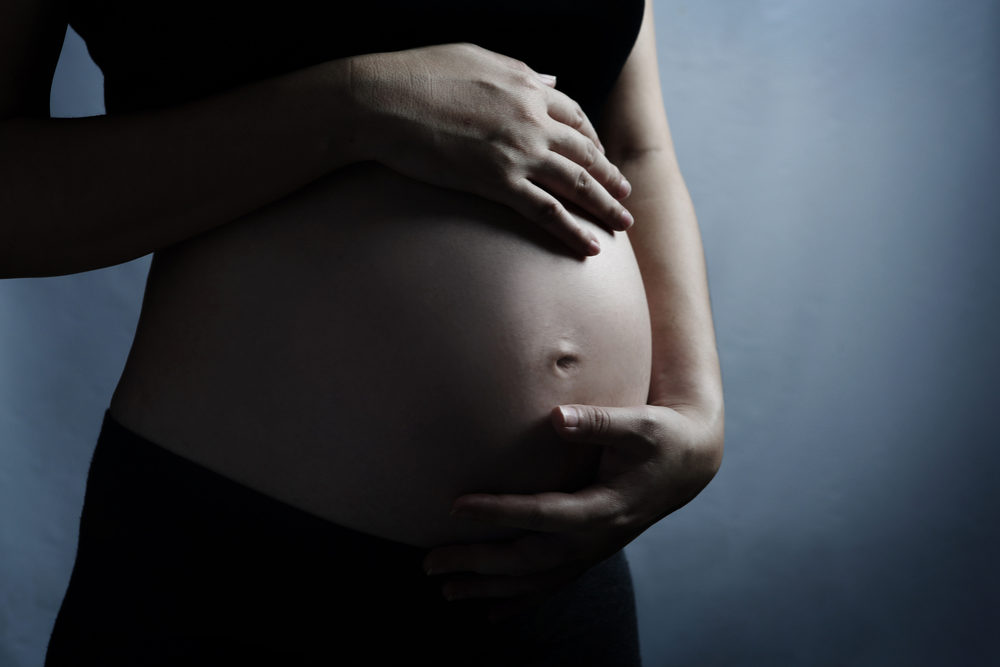Flame Retardants May Interfere With Infertility Treatments: Study

High levels of flame retardants in a woman’s body may prevent in vitro fertility efforts from working, conclude the findings of new research.
In a study published this month in the medical journal Environmental Health Perspectives, researchers indicate that women with a higher concentrations of certain flame retardants found in their urine had more than a 40% decreased chance of becoming pregnant.
Researchers evaluated the urinary concentrations of certain organophosphates in 211 women enrolled in the Environment and Reproductive Health (EARTH) prospective cohort study from 2005 to 2015. The women provided one or two urine samples per in vitro fertilization (IVF) cycle.

Did You Know?
Millions of Philips CPAP Machines Recalled
Philips DreamStation, CPAP and BiPAP machines sold in recent years may pose a risk of cancer, lung damage and other injuries.
Learn MoreThe study measured urinary metabolite concentrations of five flame retardant chemicals: bis(1,3-dichloro-2-propyl) phosphate (BDCIPP), diphenyl phosphate (DPHP), isopropyl phenyl phenyl phosphate (ip-IPP), tert-butylphenyl phenyl phosphate (tb-PPP), bis(1-chloro-2-propyl) phosphate (BCIPP).
Organophosphates are known endocrine disrupting chemicals. They interfere with the way the endocrine system works, causing widespread side effects to fertility, hormones and other issues.
Research has linked side effects of flame retardant exposure to increased risk of thyroid cancer and increased risk of preterm birth among exposed pregnant women. Other studies have linked exposure to flame retardants during pregnancy to lowered IQ scores in their children by the age of five.
Flame retardant exposure is ubiquitous in the U.S. Organophosphates are detected in 90% of adult urine samples.
Women with higher levels of the flame retardants had a 41% decreased chance of becoming pregnant. They also had a 38% decreased chance of a successful pregnancy resulting in a live birth, or a higher risk of miscarriage.
They also experienced a 31% decrease in successful egg implantation and 10% decrease in successful fertilization. The higher the levels of the flame retardants, the decreased success for IVF was seen.
Overall, more than 87% percent of women had high levels of BDCIPP in their urine, as well as more than 94% had high levels of DPHP. High levels of ip-PPP were found among 80% of women, and tb-PPP among 14% of women. However, levels of BCIPP were not detected in any of the samples.
The chemicals are often found in polyurethane foam used in furniture, gym mats, and baby supplies. A study published in 2016 indicated widely used gymnastic mats and foam cubes contain high levels of the chemicals. Gymnasts have 50% higher levels of the chemicals after training on this type of equipment.
In 2014, California banned furniture containing flame retardant chemicals, calling for new flame retardant guidelines in hopes of reducing consumer chemical exposure.
The chemicals are able to migrate into the air from foam products, settling into dust or becoming inhaled. This is the first study to focus on a possible connection between pregnancy and exposure to organophosphate flame retardants.
Nearly one in six couples around the world are affected by infertility. Miscarriage affects nearly 30% of couples planning a pregnancy.
Get more articles like this sent directly to your inbox.
"*" indicates required fields





0 Comments